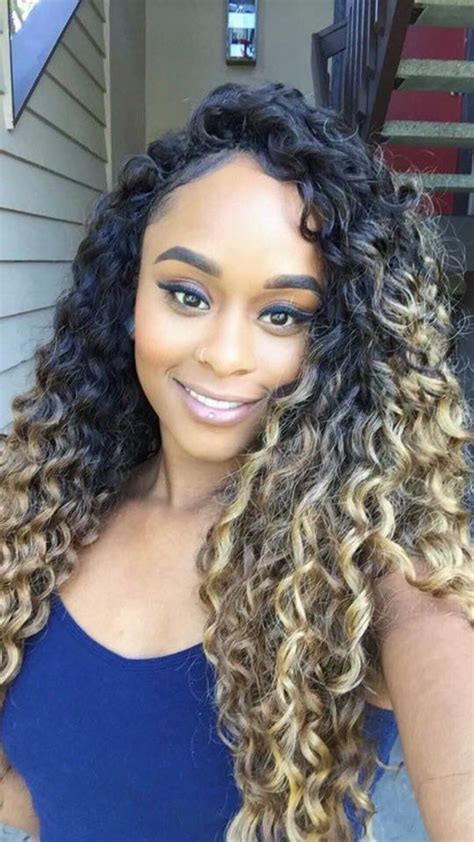Tree braids, also known as box braids, are a versatile and elegant protective style that can be customized to suit any taste. With human hair extensions, you can create tree braids that look and feel natural, and that can last for weeks.

In this article, we’ll explore the world of human hair tree braids, from the different types of braids to the benefits of using human hair extensions. We’ll also provide step-by-step instructions on how to create your own tree braids at home.
The Benefits of Human Hair Tree Braids
There are many benefits to using human hair extensions for tree braids, including:
- Natural look and feel: Human hair extensions blend seamlessly with your own hair, creating a natural look that is indistinguishable from your own hair.
- Long-lasting: Human hair tree braids can last for weeks with proper care. This is because human hair is strong and durable, and it can withstand the wear and tear of everyday activities.
- Versatile: Human hair tree braids can be styled in a variety of ways, from simple to elaborate. This makes them a versatile style that can be dressed up or down to suit any occasion.
- Protective: Tree braids can help to protect your natural hair from damage. The braids create a barrier between your hair and the elements, which can help to prevent breakage and split ends.
Types of Human Hair Tree Braids
There are many different types of human hair tree braids, including:
- Box braids: Box braids are the most common type of tree braids. They are created by dividing the hair into small squares and then braiding each square individually.
- Cornrows: Cornrows are similar to box braids, but they are created by braiding the hair in a continuous row.
- Goddess braids: Goddess braids are a more elaborate type of tree braids. They are created by braiding the hair into a series of loops and then connecting the loops together.
- Fulani braids: Fulani braids are a type of tree braids that originated in West Africa. They are characterized by their long, thin braids that are often adorned with beads or shells.
- Knotless braids: Knotless braids are a newer type of tree braids that are created without using any knots. This makes them less likely to cause scalp tension or breakage.
How to Create Human Hair Tree Braids at Home
Creating human hair tree braids at home is a relatively simple process, but it does take some time and patience. Here are the steps involved:
- Wash and condition your hair. This will help to remove any dirt or oil from your hair and make it more manageable.
- Divide your hair into sections. The number of sections you create will depend on the size of the braids you want. For small braids, you will need to create more sections.
- Apply hair extensions. Take a small section of hair and apply a hair extension to the root of the hair. Use a crochet hook to pull the hair through the extension.
- Braid the hair. Once the hair extension is in place, braid the hair as desired. You can use a simple three-strand braid or a more elaborate braid pattern.
- Secure the braids. Once the braids are complete, secure them with an elastic band or hair clip.
Tree Braids: Tips and TCBs
Here are a few tips to help you create beautiful and long-lasting tree braids:
- Use high-quality human hair extensions. This will help to ensure that your braids look and feel natural.
- Take your time and braid your hair carefully. This will help to prevent breakage and scalp tension.
- Keep your braids moisturized. This will help to prevent them from becoming dry and brittle.
- Avoid sleeping with wet braids. This can cause the braids to become frizzy and tangled.
Tree Braids: Why They Matter
Tree braids are a beautiful and versatile protective style that can be worn by people of all ages and hair types. They are a great way to protect your natural hair from damage, and they can also be styled in a variety of ways to suit any taste.
If you are looking for a protective style that is both beautiful and functional, tree braids are a great option. With proper care, your tree braids can last for weeks and give you a stylish look that you will love.
How to Care for Human Hair Tree Braids
Caring for human hair tree braids is relatively simple, but there are a few things you should keep in mind:
- Wash your braids regularly. You should wash your braids every 2-3 weeks, or more often if they become oily. Use a gentle shampoo and conditioner, and be sure to rinse your braids thoroughly.
- Moisturize your braids. To prevent your braids from becoming dry and brittle, moisturize them regularly. You can use a leave-in conditioner or a hair oil.
- Avoid sleeping with wet braids. Sleeping with wet braids can cause them to become frizzy and tangled. Be sure to dry your braids completely before going to bed.
- Be gentle when brushing your braids. Brushing your braids too aggressively can cause them to break. Be sure to use a soft-bristled brush and brush your braids gently.
Tree Braids: The Future of Protective Styling
Tree braids are a versatile and beautiful protective style that has been around for centuries. With the advent of human hair extensions, tree braids are now more accessible than ever before.
As the demand for protective styles continues to grow, tree braids are likely to become even more popular. With their natural look and feel, their long-lasting durability, and their versatility, tree braids are a great option for anyone looking to protect their natural hair and create a stylish look.
